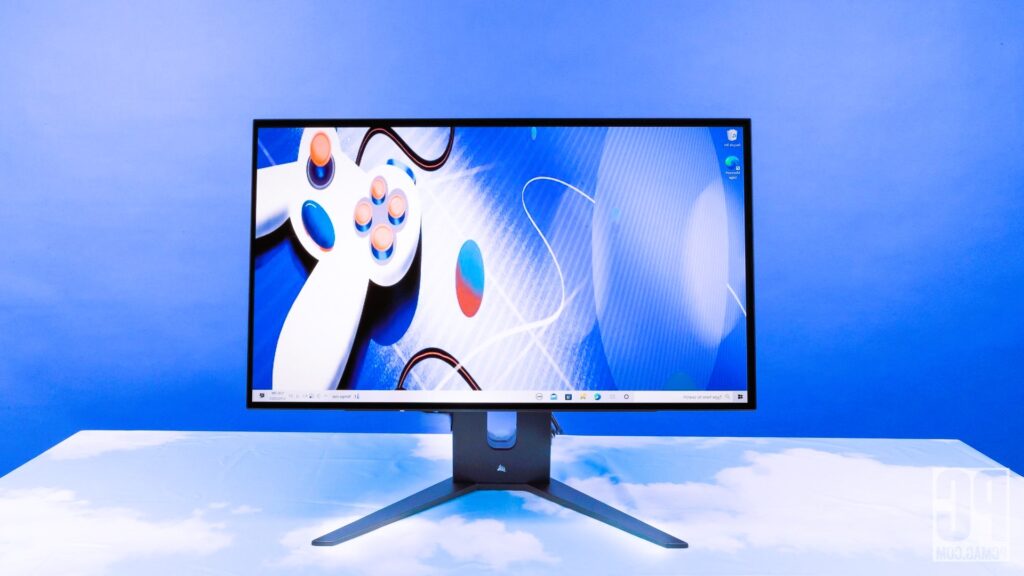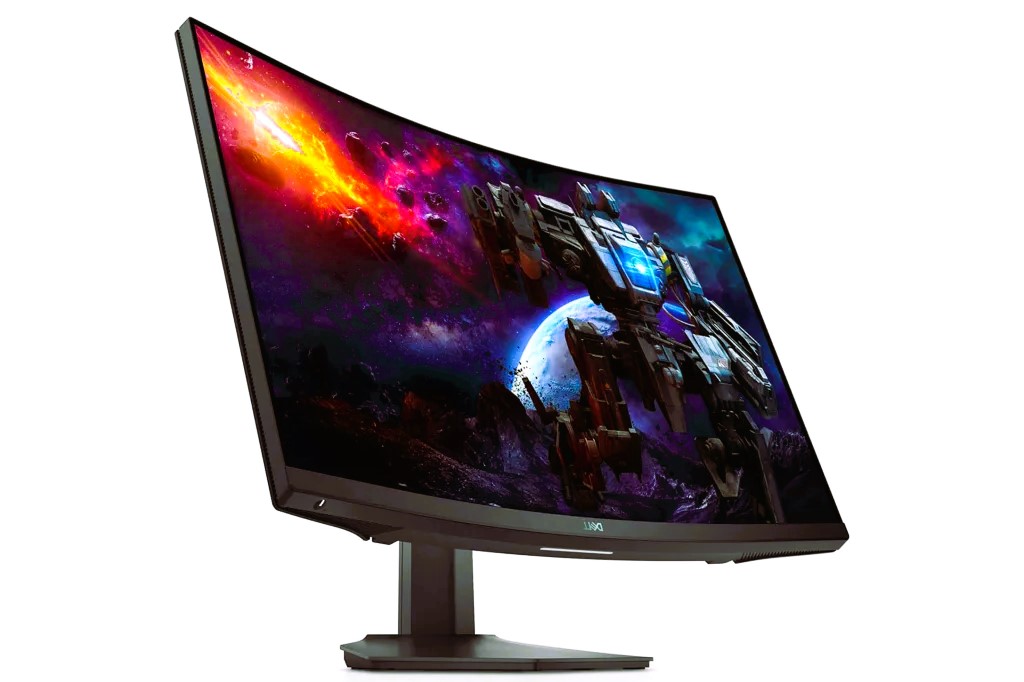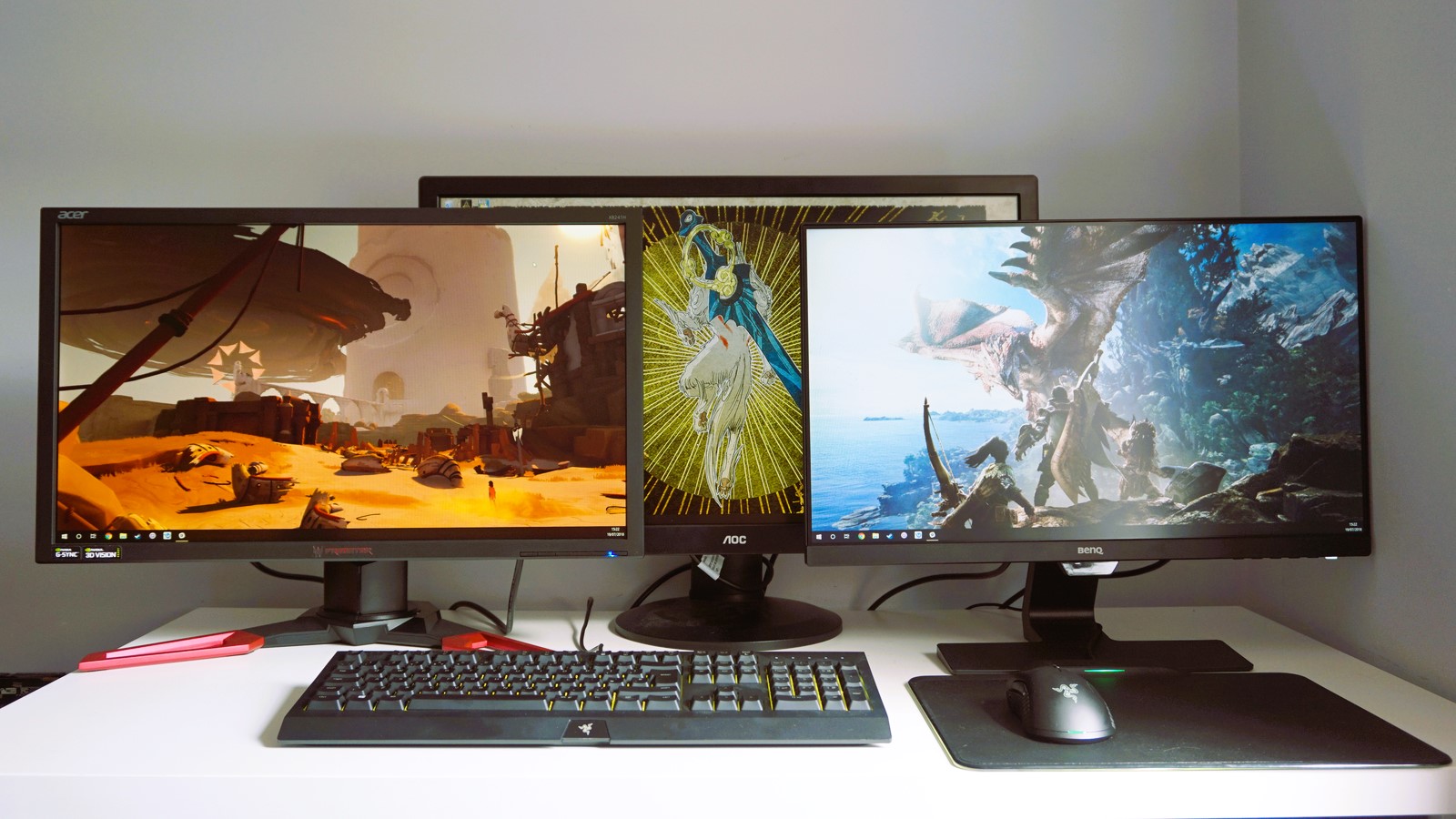Choosing the right gaming monitor can significantly impact your overall gaming experience. With various types of monitors available, each with its unique set of features, understanding the pros and cons of each type is crucial for making an informed decision. This guide will explore the different types of gaming monitors, including their benefits and drawbacks, to help you find the best fit for your gaming setup.
1. LED Monitors
LED monitors are among the most popular choices for gaming due to their bright displays and energy efficiency. They use LED (Light Emitting Diode) backlighting to enhance image quality and reduce power consumption.
Pros:
- Brightness and Color Accuracy: LED monitors offer vibrant colors and bright displays, improving the visual quality of games.
- Energy Efficiency: They consume less power compared to traditional LCD monitors.
- Slim Design: The use of LED backlighting allows for a thinner and lighter monitor design.
Cons:
- Contrast Issues: Some LED monitors may struggle with deep blacks and high contrast ratios, which can affect the overall image quality.
- Price: High-end LED monitors, especially those with advanced features, can be expensive.
2. LCD Monitors
LCD (Liquid Crystal Display) monitors use liquid crystals and fluorescent backlighting to produce images. They have been a staple in gaming setups for years due to their affordability and reliable performance.
Pros:
- Cost-Effective: LCD monitors are generally more affordable than their LED counterparts.
- Good All-Round Performance: They offer decent color reproduction and are sufficient for most gaming needs.
- Availability: A wide range of options is available, making it easier to find one that fits your budget and requirements.
Cons:
- Limited Contrast: LCD monitors typically have lower contrast ratios, which can affect image depth and detail.
- Power Consumption: They consume more power compared to LED monitors, which can increase electricity costs over time.

3. OLED Monitors
OLED (Organic Light Emitting Diode) monitors are known for their exceptional color accuracy and deep blacks. They are considered a premium option for high-end gaming setups.
Read about how to optimize your computer for maximum gaming performance in our article.
Pros:
- Superior Color and Contrast: OLED monitors provide vibrant colors and true blacks, enhancing the overall visual experience.
- Fast Response Times: They offer quick pixel response times, reducing motion blur in fast-paced games.
- Wide Viewing Angles: OLED displays maintain image quality from various angles.
Cons:
- Burn-In Risk: OLED monitors are susceptible to burn-in, where static images can permanently affect the display.
- High Cost: OLED monitors are generally more expensive than LED and LCD options.
- Limited Availability: Fewer models are available, and they may not be as widely supported as other types.
4. Curved Monitors
Curved monitors feature a concave screen that wraps around your field of view, providing a more immersive gaming experience. They are available in both LED and LCD varieties.
Pros:
- Enhanced Immersion: The curved design can make games feel more immersive by filling more of your peripheral vision.
- Reduced Distortion: Curved monitors can minimize distortion and color shift at the edges of the screen.
- Better Viewing Angles: The curve helps maintain consistent image quality from different angles.
Cons:
- Price: Curved monitors can be more expensive than flat screens, especially with advanced features.
- Desk Space: They may require more desk space due to their shape and size.
- Limited Multi-Monitor Setup: Curved monitors can be challenging to align with other screens in a multi-monitor setup.
5. Ultrawide Monitors
Ultrawide monitors offer a wider aspect ratio compared to standard monitors, providing an expansive view that can enhance productivity and immersion in games.
Pros:
- Increased Screen Real Estate: The wider display allows for better multitasking and a more immersive gaming experience.
- Enhanced Field of View: Ultrawide monitors offer a broader field of view, which can be advantageous in simulation and open-world games.
- Reduced Bezel Gap: They eliminate the need for multiple monitors, reducing bezel gaps and creating a more seamless experience.
Cons:
- Cost: Ultrawide monitors tend to be more expensive than standard monitors.
- Compatibility Issues: Some games and applications may not fully support ultrawide resolutions, leading to letterboxing or stretching.
- Desk Space: They can be bulky and require significant desk space.
6. High Refresh Rate Monitors

High refresh rate monitors have a higher number of frames per second (Hz), providing smoother visuals and better performance in fast-paced games.
Pros:
- Smoother Gameplay: Higher refresh rates (e.g., 144Hz, 240Hz, or 360Hz) result in smoother animations and reduced motion blur.
- Competitive Edge: A higher refresh rate can offer a competitive advantage in fast-paced games by providing more fluid visuals and quicker reactions.
- Reduced Screen Tearing: High refresh rates can help reduce screen tearing when paired with technologies like G-Sync or FreeSync.
Cons:
- Higher Cost: Monitors with high refresh rates are often more expensive.
- Hardware Requirements: To fully utilize a high refresh rate monitor, your PC needs to have a powerful GPU capable of delivering high frame rates.
- Diminishing Returns: The difference in perceived smoothness between higher refresh rates may be less noticeable beyond a certain point.
Additional Resources
For more information on monitor types and specifications, visit Wikipedia’s page on Computer Monitors.
Choosing the right gaming monitor involves balancing various factors, including your budget, the type of games you play, and your performance preferences. Each monitor type has its advantages and drawbacks, making it essential to consider what features are most important for your gaming experience. By understanding the pros and cons of different types of monitors, you can make a more informed decision and enhance your gaming setup to match your needs.

